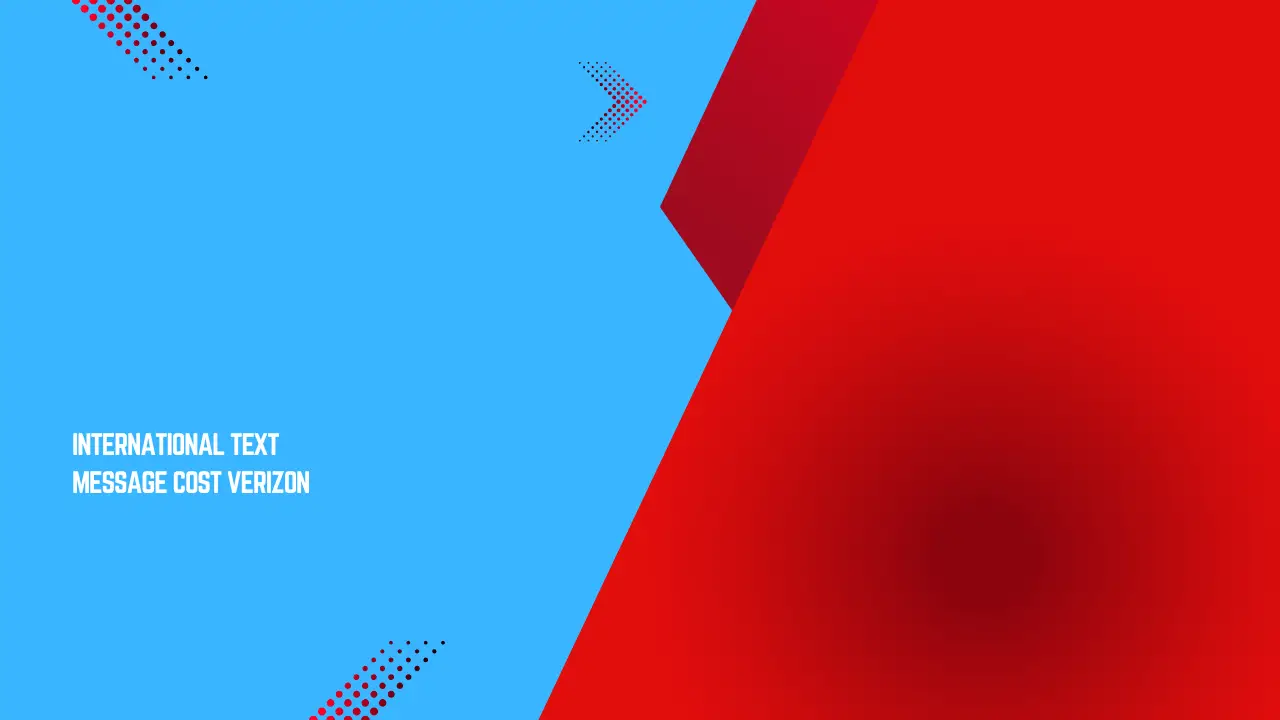Building an Engaged Subscriber List
Building an engaged subscriber list is key to managing SMS costs effectively. Only send messages to people who have given you their explicit consent to receive them. This not only complies with privacy regulations but also ensures that your messages are reaching an audience that is genuinely interested in your business. Promote your SMS list through various channels, such as your website, social media, and in-store promotions. Clearly explain the benefits of subscribing, such as exclusive discounts or early access to sales. Make it easy for people to opt-in to your SMS list. Once you have subscribers, keep them engaged by sending valuable and relevant content. Avoid sending too many messages or irrelevant information, as this can lead to people unsubscribing. A highly engaged subscriber list means that your messages are more likely to be read and acted upon, making your SMS marketing more effective and reducing wasted sends.
Segmenting Your Audience
Segmenting your audience is another great way to manage SMS costs. Instead of sending the same message to everyone on your list, divide your subscribers into smaller groups based on specific criteria. These criteria could include demographics (like age or location), purchase history, interests, or engagement level. By segmenting your audience, you can send highly targeted messages that are more relevant to each group. For example, you could send a special promotion for winter coats only to customers who have previously purchased winter clothing. Or you could send reminders about an upcoming event only to people who have expressed interest in attending. Sending relevant messages increases engagement and reduces the chances of people unsubscribing. It also ensures that you are not wasting SMS credits on sending messages to people who are unlikely to be interested. Effective segmentation makes your SMS marketing more efficient and cost-effective.

Crafting Concise and Valuable Messages
Crafting concise and valuable messages is crucial for managing SMS costs. Remember that shorter messages often use fewer SMS credits, especially if your pricing is based on message segments. Get straight to the point and avoid unnecessary words or phrases. Make sure your message has a clear call to action, telling recipients exactly what you want them to do (e.g., "Shop now," "RSVP here," "Learn more"). More importantly, ensure that your messages provide value to your subscribers. This could be in the form of exclusive discounts, helpful information, important updates, or reminders. Sending valuable content keeps your subscribers engaged and less likely to opt-out. It also makes your SMS marketing more effective, as recipients are more likely to pay attention to messages that benefit them. By being concise and providing value, you can make the most of your SMS credits and achieve better marketing results.